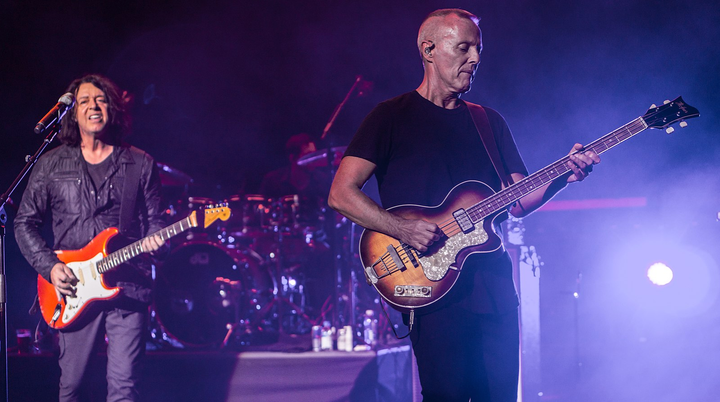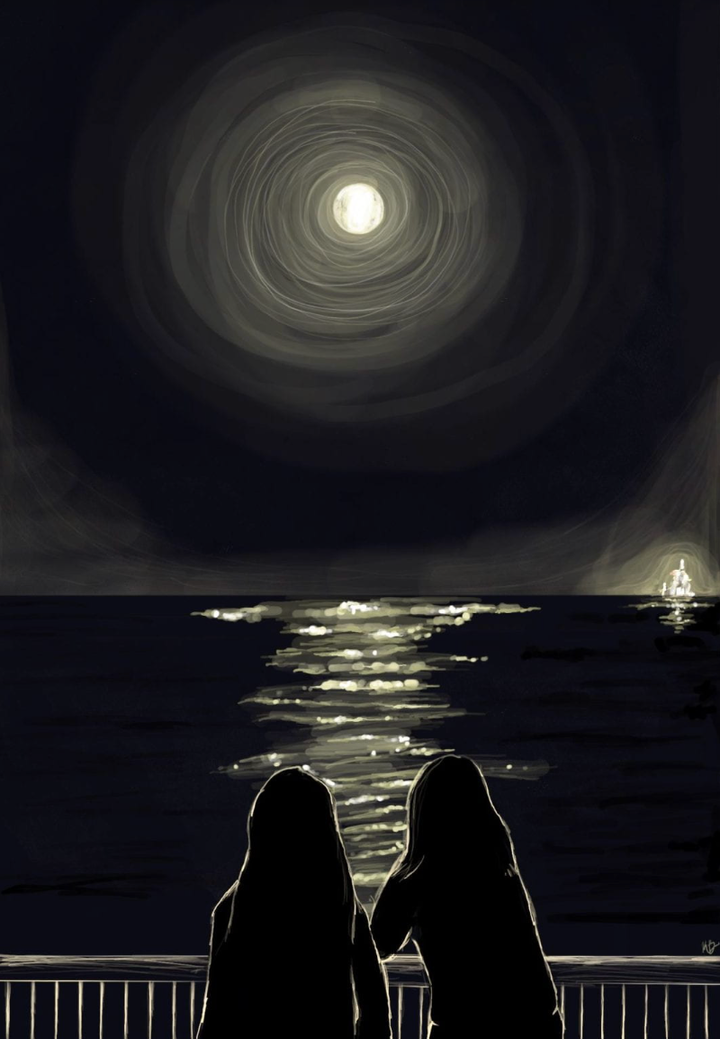Big Monster Go SMASH: A Retrospective on Godzilla and King Kong
“Godzilla vs. Kong” made landfall in the U.S. on March 31, 2021, having been released internationally seven days prior (Fear not, readers: no spoilers shall darken these pages.) At the time of this article’s publication, it has done well for itself, already sitting as the third-highest-grossing film of 2021 with a cool $297,300,000 made at the box office. The movie stands as a sequel to Legendary Pictures’ “Godzilla: King of the Monsters” and “Kong: Skull Island,” with the two kaiju duking it out hand-to-claw for the spot of top monster.
“Godzilla vs. Kong” is the heir to the original clash of titans film, “King Kong vs. Godzilla,” released by Toho Studios in 1962. The latter plot is rather self-explanatory: King Kong is taken to fight Godzilla, and carnage ensues. Looking back, it’s remarkable how much both monsters have changed with time, not just visually but also as characters. The two movies, premiering almost sixty years apart, are snapshots into two different historical eras.
Chronologically, 1962’s “King Kong vs. Godzilla” was the third movie in which both monsters starred. It should be noted that neither of the monsters in “King Kong vs. Godzilla” were the “originals:” The initial iterations of King Kong and Godzilla had both premiered and died in their debut movies. The 1962 Godzilla was a relative of the original, while Kong was an entirely original creation by Toho.
Late spoiler alert for “King Kong vs. Godzilla”: score one for the ape, although Godzilla’s final fate is left uncertain. Despite popular rumors that Godzilla won in the Japanese version of the film, Toho themselves have stated that Kong was the winner in both versions. Odd as this may sound given Godzilla’s pop cultural icon status in Japan, this ending makes more sense when we realize that the giant lizard was considered villainous at the time. The first “Godzilla” movie portrayed him as a tragic allegory for the disastrous consequences of mishandling nuclear power, assaulting Japan in retaliation for atomic testing. As such, it follows that Kong was set up as the more “heroic” of the two. The movie proved incredibly popular in Japan, so successful that Toho even attempted to produce a sequel (which sadly was canceled). I suspect that much of the movie’s appeal came from the chance to see the two massive beasts wreak havoc on one another for a change — rather than on humans.
“King Kong vs. Godzilla” was a turning point of sorts for the lizard. The movie was the first where the conflict’s focus began to shift towards the concept of monsters fighting monsters. (While the second Godzilla movie, “Godzilla Raids Again,” featured Godzilla fighting another giant monster, the film still maintained the narrative of humans trying to stop this new Godzilla from devastating Japan.) After “King Kong vs. Godzilla,” more and more Godzilla movies began to center on conflict between the dinosaur and other kaiju, gradually evolving Godzilla into a hero who could be cheered on, rather than disaster incarnate.
This brings us, decades later, to the Godzilla of Legendary Pictures. Rather than being a victim of nuclear power, he’s portrayed as a force of nature empowered by it — a curse turned into a boon. All of his appearances in the Monsterverse now have him primarily fighting other giant monsters, serving as a protective, though not necessarily empathetic, guardian of humanity. He’s not as outright heroic as some of his earlier depictions, but he has more in common with them compared to the original Godzilla.
In comparison, Kong doesn’t have the prolific resume of Godzilla under Toho. Many of the ape’s films retread the premise and storyline of the 1933 original, but he undergoes a similar, albeit more subdued change in portrayal, especially between his current and original appearances. The Kong that first starred in RKO Pictures’ “King Kong” was also a victim — stolen away from his native home, put on display for the entertainment of others and ultimately dying. The Kong of the Monsterverse, however, has his storyline inverted; rather than being taken away from his home, he instead holds power over trespassing humans in his natural domain. And like Godzilla, his conflict has mostly changed to that of defending humanity against other monstrous threats, rather than functioning as a primary antagonist towards mankind.
The original “King Kong vs. Godzilla” pitted two enemies of humanity hailing from very different cultural backdrops and perspectives against one another. By shifting the narrative towards conflicts between rival monsters, the movie served as a catalyst for Godzilla’s metamorphosis into a heroic figure. Legendary Pictures’ “Godzilla vs. Kong” is the culmination of this growing sympathy for kaiju; both Godzilla and Kong have united under a single studio, reimagined as protagonists. While this year’s monster slugfest may be far distanced from its stars’ respective origins, it holds its predecessors’ goal — to display two giant monsters pummeling each other as we cheer from the sidelines — with great loyalty.





Comments ()